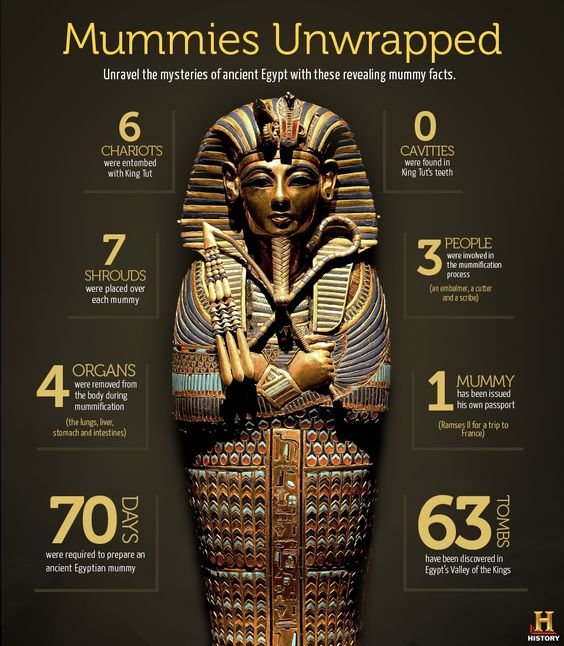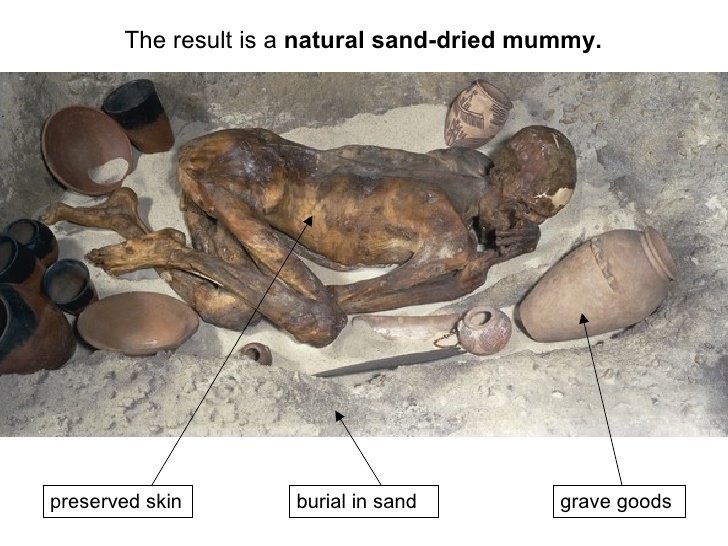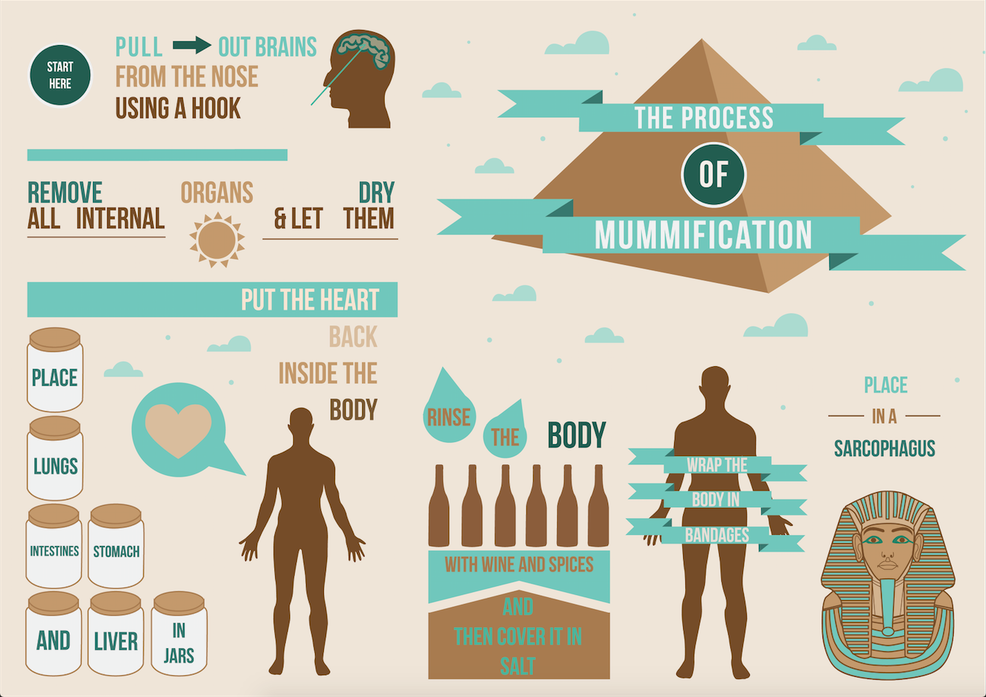
There are so many fascinating things about ancient egypt - and one of them is mummification.
Preserving corpses for thousands of years has granted scientists so much information about life in ancient egypt, and shown how advanced their skills and techniques were.
So why did the people in ancient egypts even mummify their people? And how exactly is it possible that the corpses stay preserved for thousands of years?
Why Mummification?
Mummification was a religious ritual practiced by the Egyptians, and executed only on people of very high social standing (at first only pharaohs, later also other important figures or wealthy citizens).
The Egyptians strongly believed in an afterlife.

In Egyptian religion, one's spirit actually consisted of three parts - ka, ba and akh.
The ka was left with the body in the tomb (which is why the body was put to rest with food and luxury goods). The ba was essentially the soul, which could move freely out of the body and the tomb. And the akh was the part of the spirit that would visit the Underworld and get judged there (where it was decided whether or not the spirit could enter the afterlife).
History of Mummification / Preservation
Researchers actually assume that Egyptians discovered the preservation of corpses by accident.

Before mummification as we know it was practiced, the Egyptians actually used to place their dead in a pit beneath the sand, together with some personal items.
The sand preserved the body naturally, by removing all its moisture and sealing it.
Over time, the Egyptians started to wrap the corpses in animal skins or wooden coffins, and stabilized the burial pits with mud bricks.
But this way, the body wasn't in contact with the hot sand anymore and didn't preserve as well.
That's why the Egyptians later moved on to removing the corpse's organs and detracting all the moisture from it first.

Mummification Process
The Egyptians began Mummification at around 2400 B.C. (!)
The Mummification process was very long and complex, and as it was mostly a religious ritual for pharaohs, many priests were chanting and praying every step of the way.
This was the step by step process:
First, the corpse was washed in the Nile river.
Then, the organs were being removed: usually starting with the brain, which was extracted through the nostrils.

The next step was to detract all moisture from the corpse.
This was achieved by covering it with Natron - a natural salt that occured in the area.
The body was being covered and left like this for 70 days, a time period in which the whole corpse shrank, the skin darkened and the flesh dried up.
After that, the dried corpse was rubbed with perfumed oils and other plants, and then wrapped with strips of linen and layers of resin (which acted like a glue).
The corpse was covered again and again with large strips of linen, until finally being covered with a large cloth and placed inside a sarcophagus, inside a tomb - along with a lot of different luxury goods, personal items, sometimes mummified animals, and other religious items.
For pharaohs, the mummies even had masks with a portrait of the dead person's face painted on them.

"As much of the brain as it is possible is extracted through the nostrils with an iron hook, and what the hook cannot reach is dissolved with drugs. Next, the flank is slit open . . . and the entire contents of the abdomen removed. The cavity is then thoroughly cleansed and washed out . . . Then it is filled with pure crushed myrrh, cassia, and all other aromatic substances, except frankincense. [The incision] is sewn up, and then the body is placed in natron, covered entirely for 70 days, never longer. When this period . . . is ended, the body is washed and then wrapped from the head to the feet in linen which has been cut into strips and smeared on the underside with gum which is commonly used by the Egyptians in the place of glue."-Mummification Process, as documented by Herodotus at around 450 B.C.
Images: 1, 2, 3, 4, 5, 6, Sources: 1, 2, 3, 4, 5
- Instagram -
© Sirwinchester
